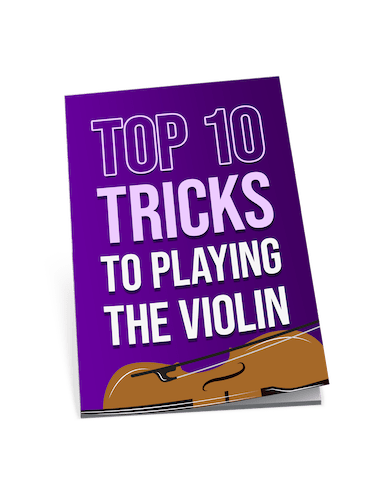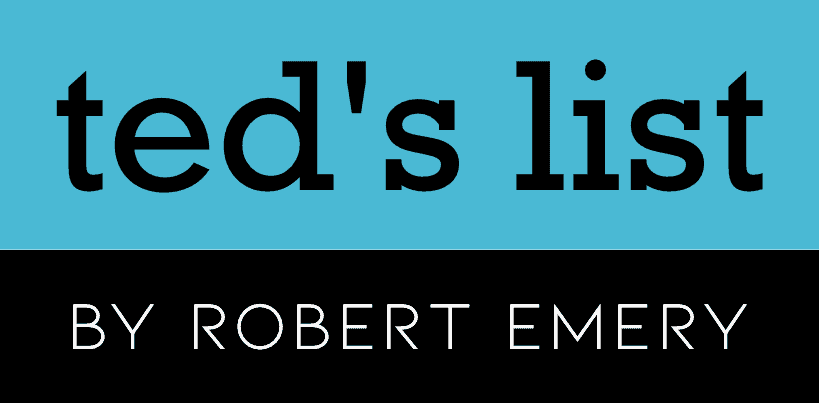Walking through a lively folk festival, you might hear the joyful sounds of a fiddle, while in a grand concert hall, the violin plays with classical elegance. So, what’s the deal with “Violin vs Fiddle”?
I’ve always been intrigued by how the same strings can tell such different stories, and I’m excited to share these musical secrets with you!
Keep reading, and I promise you’ll be the life of the party the next time someone asks about the fiddle and the violin.
What is the difference between fiddle vs violin?
The short answer: There isn't any difference!
Both instruments are the same, if slightly tweaked (as we will find out a later).
Buying an instrument
You can’t go into a music shop and ask to purchase a fiddle. It doesn’t exist. You’ll need to buy a violin.
Lessons
You can’t get fiddler lessons. They don’t exist. You’ll need to get violin lessons.
Playing the...
When you hear the phrase ‘play the fiddle’, it’s usually a colloquial term for actually playing the violin. It is similar to people who ‘play the Joanna’ or ‘tinkle the ivories’; both meaning playing the piano.
So I think you’re starting to get the picture. The fiddle doesn’t really exist.
Or does it?
Are the Fiddle and a Violin the same instrument?
Well, yes - the body of the instrument is the same. But there are some adjustments to turn a violin into a 'proper' fiddle. The set up includes:

Fiddle Bridge vs Violin Bridge
The most obvious difference is the height and shape of the bridge.
On a fiddle, it’s lower in height than the classical violin and has a flatter arch. This flatter bridge makes the string lower to the fretboard, as Irish fiddle music often requires double stops (playing more than one note simultaneously on a different string).
Fiddle strings vs Violin Strings
Because the general volume of playing on the fiddle is quieter than the violin, you will likely find the original strings swapped out for steel-core strings. These produce a brighter and sharper tone. This helps the instrument project more in performance.

Fiddle bowing vs Violin Bowing
Fiddlers like to play with a loose bow, and classical violinists prefer a tight violin bow. Some fiddlers even play with the hair touching the stick of the bow!
The most important thing to a fiddler is that the bow can endure energetic and charismatic playing!
Fiddle tuning vs violin tuning
Classical violins tend to use catgut or synthetic core strings. These require more tuning but produce a richer sound.
By contrast, the steel-core strings stay in tune longer; essential for a fiddle player; the bluegrass band, folk country, Irish and folk music style of performance can often be more energetic and exuberant!
Fiddle Playing
Apart from the key differences in the instrument setup, the most significant difference between a fiddle and a violin is the style of playing.
When the instrument is played in a folk style, it is called a fiddle. When it’s played by a classically trained musician, it’s called a violin.
Classical
A violinist reproduces the composer’s music from the sheet music and adds additional interpretation. Classical violinists stick to the music and don’t deviate from the composer’s original notation. This is also how an orchestra can have 40 violins, all playing the exact same thing.
Folk
Fiddlers, on the other hand, love to improvise. Their improvisation is one of the key differences between the instruments. The players bring their interpretation to every piece, playing around with the original melody. This tradition brings freedom to the string family like no other instrument.

General Technique
Most fiddlers never had formal lessons, so they invented their own style of technique.
Holding a violin on your face makes it impossible to talk and play simultaneously, so square dancing fiddlers came up with an ingenious solution; they hold the instrum down on their arm rather than under the chin, freeing up their jaws to “call” the dance moves.
Although it’s great fun for fiddle players, this technique is a total no-go for a classical player. It is one of the key visual differences when figuring out if the string instrument they are playing is a fiddle or violin.
P.S. You’ll never really see a fiddler using techniques like pizzicato. They always use a bowed string…
The History of the Fiddle Style
EUROPE
Fiddle music existed throughout Europe, but it holds an iconic place in traditional Irish music. Scotch-Irish people (people with Scottish ancestry who settled in northeast Ireland) migrated to America in the 19th century, bringing their fiddle tradition with them.

AMERICA
Many settled in Virginia, West Virginia, North Carolina, Ohio, Kentucky, and Tennessee. From there, a distinctly American musical genre, bluegrass, evolved. The instrument is integral to bluegrass genre, along with a guitar, banjo and mandolin.

Summary - Fiddle vs Violin
The violin is usually the star of classical music, all grace and formality, with a polite bowing technique to match. Then there’s the fiddle, full of personality, a regular in folk and country bands, inviting you to tap your toes with every lively tune.
They’re like two sides of the same coin, made the same but with different styles – like how my trainers can go from a jog in the park to a casual pub visit without a second thought. The violin is dressed for symphonies and sonatas, while the fiddle rolls its sleeves for reels and hoedowns.
Nifty Breakdown:
- Violin: Classical and formal
- Fiddle: Folk, country, and toe-tappingly fun
Let’s remember that both instruments can cross into each other’s worlds. It’s like sneaking a slice of cake before dinner; sometimes, rules are meant to be bent! Whether it’s a refined melody or a foot-stomping jig, the violin and fiddle can handle it with a cheeky wink.
And don’t forget to let us know in the comments below if you liked the video…

FAQ's
There isn’t one. The violin and fiddle are the same instrument. However, sometimes the fiddle players make adjustments the instrument by flattening the bridge, removing the fine tuners, and most fiddles have steel strings.
The word ‘fiddle’ comes from the medieval French string instrument called the ‘vielle’, also known in France as a ‘Fidel’. Over the years, violinists use the word as a colloquial term to mean their violin. Somewhat confusingly, violin playing in country, Irish, bluegrass and folk styles is called fiddling and performed by a fiddler. To read more about the adjustments they make to their instrument, read our dedicated article.
The playing style and techniques are the significant difference between a violin and fiddle. Many fiddlers haven’t ever had lessons or learned to read music, so they’re limited to the style of music they play. If you learn classical music, you have the whole library of violin music applicable for you, but it doesn’t stop you from playing a bit of country, bluegrass, Irish or other styles of music when you feel like it!
The violin family have eight main sizes of violin; the smallest is 1/16, and the sizes work their way up through 1/10, 1/8, 1/4, 1/2, 3/4, 7/8 and finally 4/4 or full size. The smaller sizes are designed for young children, so if you’re an adult – grab a full-size violin.
A fiddle typically looks like a small, four-stringed instrument with a narrow waist, rounded back, and two f-shaped soundholes. It is played with a bow and is commonly used in folk and country music.
DID YOU LIKE THE Violin VS Fiddle VIDEO?


Did you make a comment below the video? If you forgot, no worries! Just click here to comment below…













She’s no fiddler! There’s a groove to fiddle music in the various styles, which is missing in the video. Too much focus on minor differences in the instrument, and not enough on the settings in which fiddling takes place, or the repertoire, or the role of ornaments, improvisation, slides, and bowing patterns. And of course there are fiddle lessons to be had around the world. Incidentally, Irish playing has relatively few double stops compared to bluegrass, old-time, and other styles; and not many fiddlers play with a loose bow.
you can absolutely get fiddle lessons. My daughter has been taking them since 5. she’s studied fiddle tunes and learned technique through them, with a gigging/recording fiddler (and multi-instrumentalist.) no reason you can’t learn fiddle exclusively if that’s what you set out to do.
We agree totally!
Where have you been all my life? Wonderful helpful discussion of violin versus the fiddle. I’m a senior who has played guitar most of my life , a fair player on the 5 string banjo. A tinkering with the Celtic lap harp. Basically a guitar accompanist though now moving toward new country.
I have an opportunity for some summer violin lessons and have a used violin that will do for now. Your discussions have have helped me to know what to take into my first lesson in terms of wants and needs. Thank you so so much!
Yes I loved the video, very well displayed easy to understand. Thank you very much. Jim
Finally, love for the fiddle. Such an underrated instrument.
Thanks Cliff.